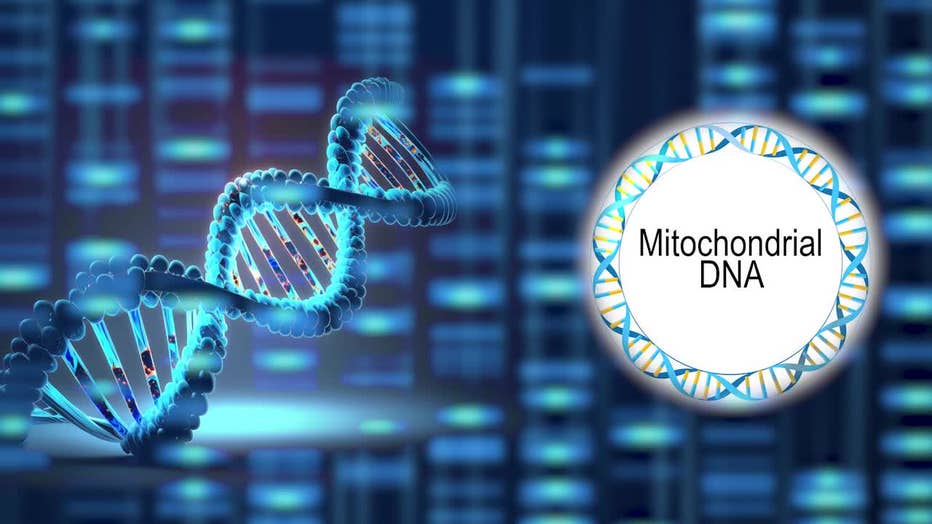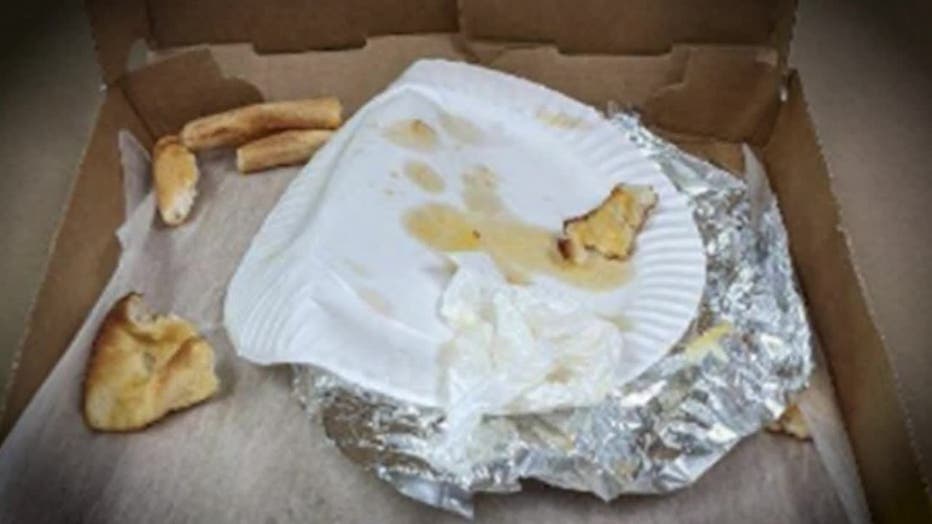Gilgo Beach murders: How new DNA technology led investigators to Rex Heuermann

Gilgo Beach murders: New DNA technology
New DNA technology is at the center of the Gilgo Beach murders that's haunted Long Island for over a decade. FOX 5 NY's Dan Bowens has the story.
LONG ISLAND - New DNA technology is at the center of the Gilgo Beach murders that's haunted Long Island for over a decade.
Investigators in Suffolk County launched a new task force that ultimately led them to a suspect, Rex Heuermann.
There was a tip about the suspect's pickup truck, multiple burner phones, threats to victims’ families, and finally, the DNA evidence to tie it all together.
Featured
What are the Gilgo Beach murders?
Most of the victims were young women who had been sex workers. Several of the bodies were found near the town of Gilgo Beach.
Heuermann, a 59-year-old architect who lived most of his life in Nassau County and worked in Manhattan, is charged with killing at least three sex workers. He’s also a suspect in a fourth murder.
What DNA evidence was found 13 years ago?
Detectives discovered the bodies wrapped in hunting camouflage burlap within a quarter mile of each other on a stretch of Gilgo Beach.
At that time, they made a discovery that would prove crucial to the case – five hairs found on three victims.

But frustratingly, more than a decade ago, the hairs were so degraded that they couldn't be tested, but importantly, they weren't discarded, and that has changed everything now.
The technology is vastly improved, and with advancements specifically in what's known as mitochondrial DNA, there was a breakthrough.
Featured
Who were the Gilgo Beach murder victims?
Most of the victims were young women who had been sex workers. Several of the bodies were found near the town of Gilgo Beach.
"There's so much more mitochondrial DNA per cell than there is nuclear DNA, and because of the structure, the mitochondrial DNA, it's circular," forensic expert Cynthia Cale said. "So, it's self-contained so it's protected better from environmental factors"
What is mitochondrial DNA?
Mitochondrial DNA is inherited from your mother, and importantly, it also doesn't degrade as quickly over time. It's become valuable studying ancestry and evolution, and for cracking the Gilgo Beach case wide open.

- RELATED: Heuermann showing little emotion in jail, has no contact with other inmates
- RELATED: Search of Gilgo Beach murders suspect Rex Heuermann's home ends
"When you have like a hair sample, what you want is the root of the hair that contains mostly the best source of the nuclear DNA," Cale said. "If you don't have that route, and you have to rely on the shaft of the hair, the mitochondrial DNA analysis is really your only option to get any kind of profile from that sample."
How was Heuermann linked to the murders?
Utilizing the tools, investigators say they were able to confirm one of the hairs on the body was Heuermann’s by matching it to a pizza box he'd thrown away – matching his DNA through a leftover pizza crust.

So, what happens now?
Over the objections of his defense team, a Suffolk County supreme judge ordered Heuermann to provide a DNA swab for even more analysis, and to possibly reinforce the pizza crust findings.
Featured
Gilgo Beach murders: Suffolk County DA details Rex Heuermann’s arrest
Suffolk County District Attorney Raymond Tierney joined Good Day New York with details about the special task force and investigation that led to the arrest of Heuermann.
Without the direct DNA sample, in theory, defense attorneys could argue at trial the DNA on the pizza crust came from someone else.
The swab will also allow a sample to be entered into a state and national database to see if any other crimes are connected.
- RELATED: 'I was so scared': Woman recalls unforgettable date with Rex Heuermann
- RELATED: Gilgo Beach suspect's wife allegedly told cops: 'Ok, it is what it is'
"Once we generate a profile from an alleged suspect that can go into the national database, which gets searched against other cases nationwide, so if he potentially committed any crimes elsewhere, that could link him directly to those cases," Cale added.
DNA results cannot be taken in isolation. They are often one piece of the puzzle, linking the evidence to the suspect, or in this case, a suspected killer who's haunted the community for a long time.




